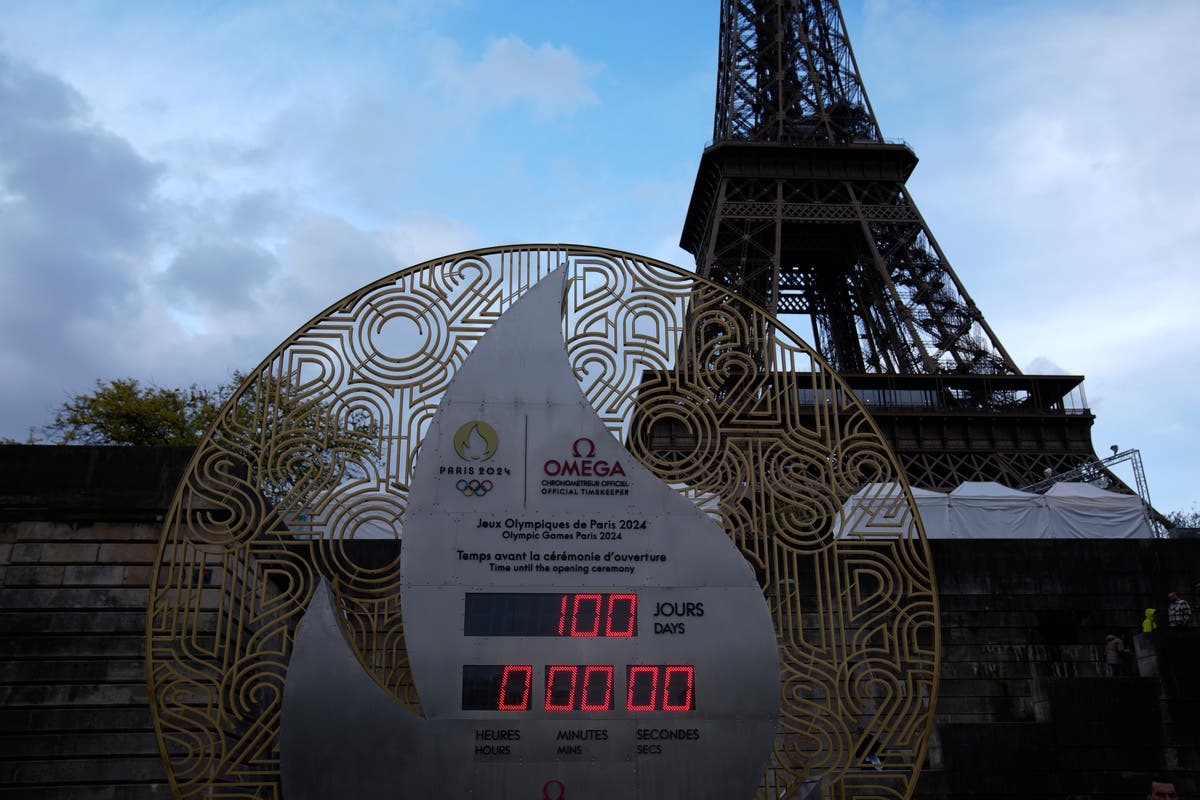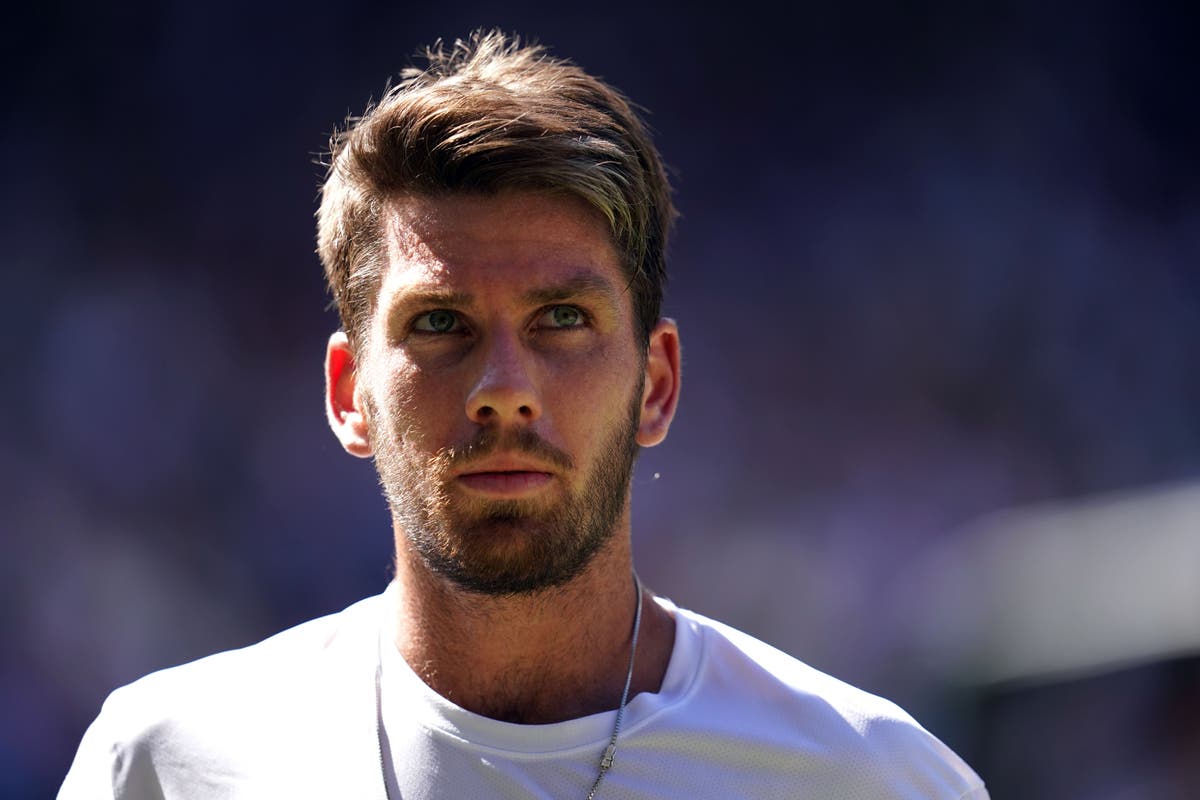
Confessions of a padel addict: Why this new craze should come with a health warning
The IndependentSign up to our free Living Well email for advice on living a happier, healthier and longer life Live your life healthier and happier with our free weekly Living Well newsletter Live your life healthier and happier with our free weekly Living Well newsletter SIGN UP I would like to be emailed about offers, events and updates from The Independent. At 62, having been introduced to padel at a David Lloyd gym near my home in York shortly after taking early retirement, I feel fitter, more energised, happier and stronger than I have for years – even my metabolic age has dropped to a scarcely believable 52, according to the gym’s fancy body analysis kit that tracks health and wellbeing. The biggest challenge I have is securing a place at the gym’s daily padel social sessions, such is its increasing popularity since the club opened two courts earlier this year. “It’s such a dynamic and thrilling game – it’s easy to see why our nation is captivated by this emerging sport.” open image in gallery Padel is often described as a mix between tennis and squash Padel originated in Mexico in the 1960s, when Mexican businessman Enrique Corcuera modified a squash court and incorporated elements of tennis at his home in Acapulco. A £2.5 million padel centre with 11 courts is due to open near Manchester’s Trafford Centre later this year, plans have been approved to build a major padel hub next to Leatherhead Leisure Centre in Surrey and Surge Padel have plans to add to their premium indoor centres in Harrogate and Bristol.
Discover Related














)


